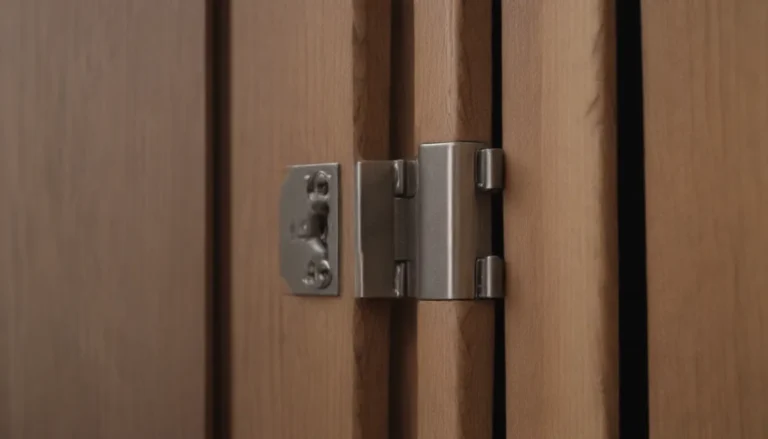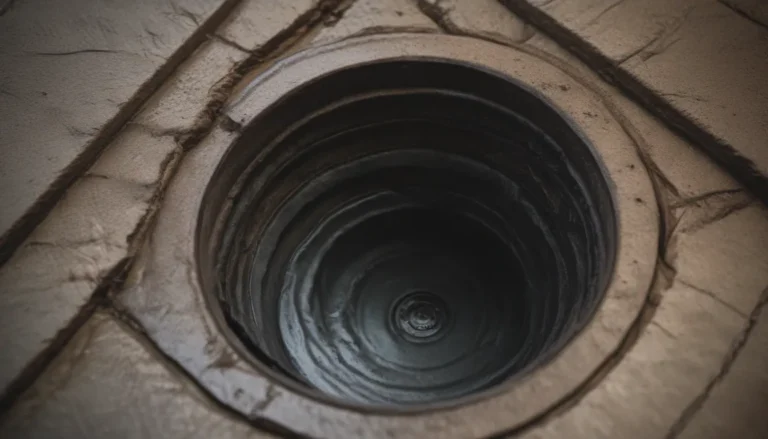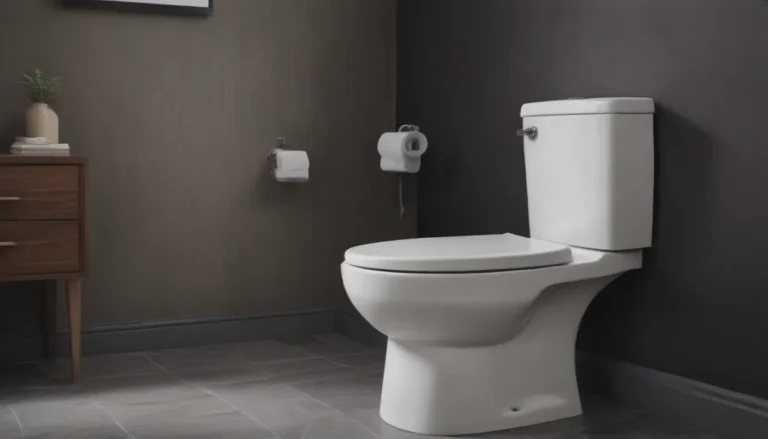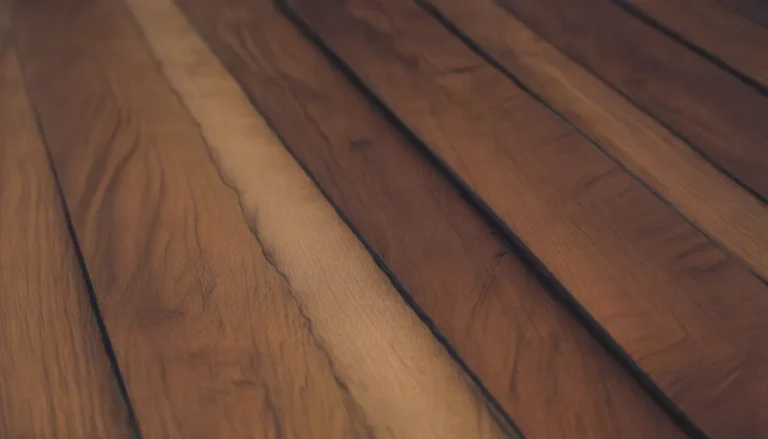The Benefits of Ultralight Drywall for Your Next Construction Project
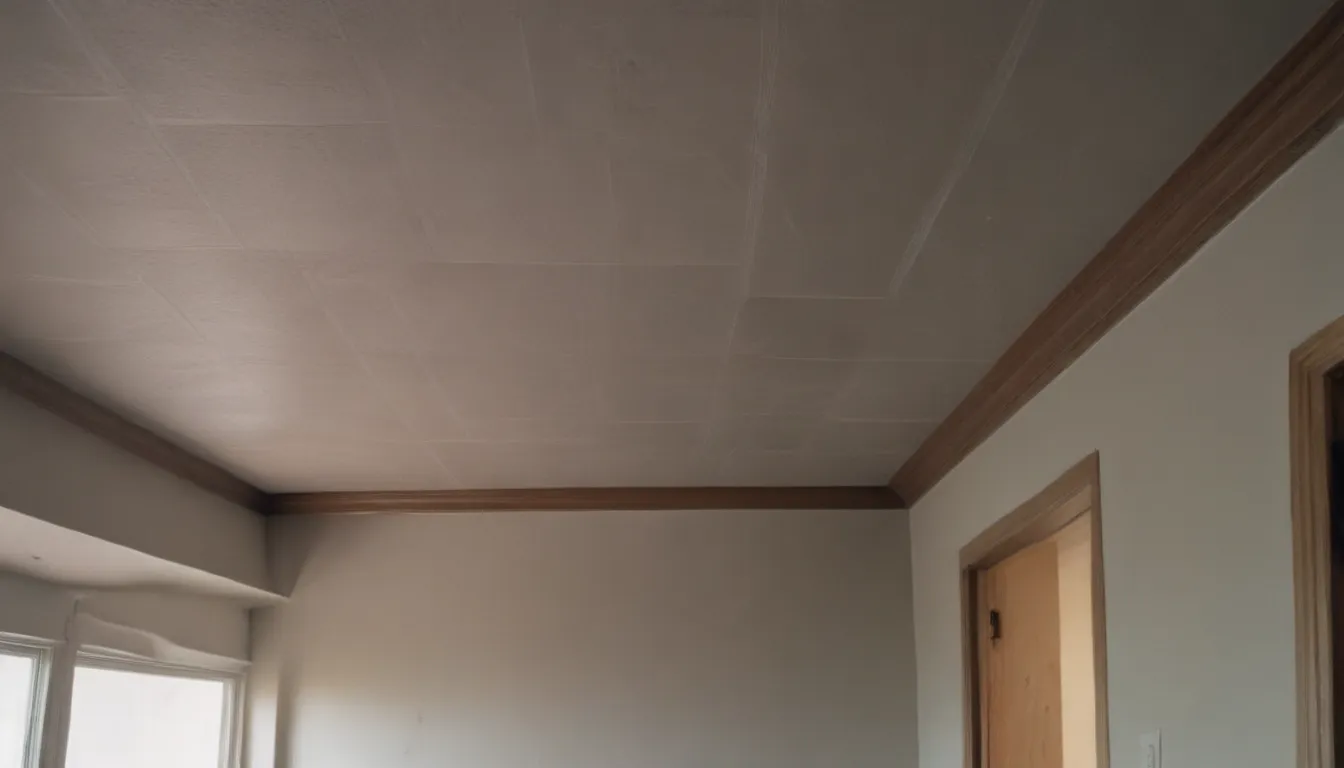
If you’re planning a construction project involving walls or ceilings, you may have come across the term “ultralight drywall.” But what exactly is this material, and how can it benefit your project? In this article, we’ll explore the pros and cons of using ultralight drywall, including its weight, cost, installation process, and more.
What is Ultralight Drywall?
Drywall, also known as gypsum board, is a popular material used to construct wall and ceiling surfaces in homes and buildings. However, traditional drywall panels can be heavy and cumbersome to work with, especially for DIYers or single-person installations.
Ultralight drywall is a lighter alternative to standard drywall, making it easier to transport, carry, and install. It is composed of gypsum or calcium sulfate dihydrate, cellulose, and continuous filament glass fiber, with the addition of a foaming agent to reduce its weight. This innovative material is about 25% lighter than standard drywall, making it a popular choice for both professionals and DIYers.
Benefits of Ultralight Drywall
- Lighter for carrying: Ultralight drywall is significantly lighter than traditional drywall, making it easier to transport and carry.
- Easier to install: The lighter weight of ultralight drywall makes it easier to handle and install, especially for overhead installations.
- Less dust when cutting: Ultralight drywall produces less dust when cut, creating a cleaner work environment.
- Less expensive to transport: The reduced weight of ultralight drywall can lead to cost savings in transportation and labor.
- Stronger pound-for-pound: Despite its lighter weight, ultralight drywall is designed to be just as strong as standard drywall.
Drawbacks of Ultralight Drywall
- Slightly higher cost: Ultralight drywall typically costs slightly more than standard drywall, but the difference is minimal for most projects.
- Poorer soundproofing: Ultralight drywall may not provide the same level of soundproofing as standard drywall.
- More brittle: Ultralight drywall may be more prone to edge breakage than traditional drywall.
Ultralight Drywall Cost and Installation
While ultralight drywall may cost slightly more than standard drywall, the price difference is usually not significant for most projects. Installation of ultralight drywall is similar to that of standard drywall, involving cutting, positioning, anchoring with drywall screws, taping seams, applying drywall compound, and sanding smooth before painting.
Some professionals report that ultralight drywall is less susceptible to sagging, allowing for fewer screws to be used during installation. However, it is important to follow the manufacturer’s instructions for both ultralight and standard drywall installations.
Ultralight Drywall vs. Standard Drywall
The main difference between ultralight drywall and standard drywall is the weight. Ultralight drywall is about 25% lighter than traditional drywall, making it easier to handle and install. While ultralight drywall may be slightly more brittle than standard drywall, it is designed to meet or exceed industry standards for hardness and flexural strength.
Top Brands of Ultralight Drywall
In the United States, U.S. Gypsum (USG) and Georgia-Pacific (GP) are the two leading manufacturers of ultralight drywall. Both brands offer a range of ultralight drywall products suitable for residential and commercial construction projects.
Is Ultralight Drywall Right for Your Project?
Whether you’re a professional contractor or a DIY homeowner, ultralight drywall can offer numerous benefits for your next construction project. The lighter weight, easier installation, and comparable strength make it a popular choice for many builders.
If you’re tired of struggling with heavy, unwieldy drywall panels, consider making the switch to ultralight drywall for your next project. With its cost-effective pricing and ease of use, ultralight drywall may be the perfect solution for your construction needs.


